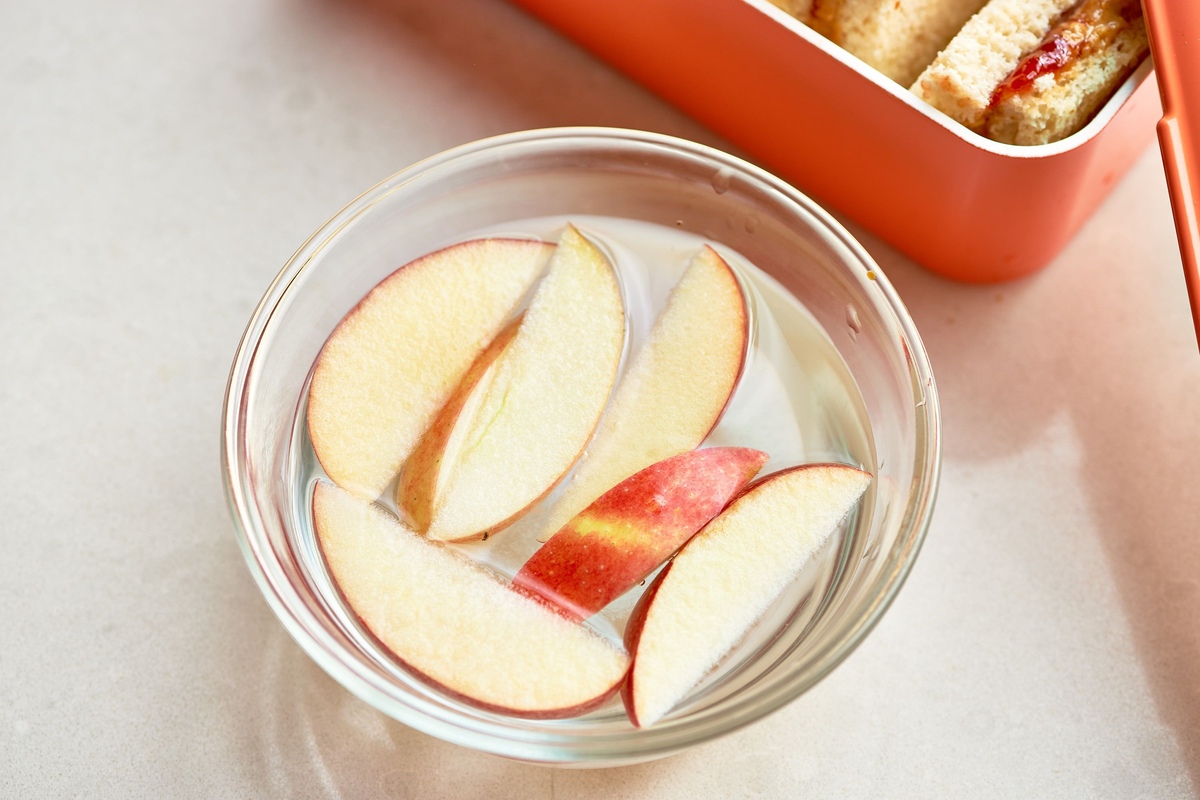

Articles
How To Store A Cut Apple
Modified: January 18, 2024
Learn the best methods to store a cut apple to keep it fresh and prevent browning. Read our informative articles for helpful tips and tricks.
(Many of the links in this article redirect to a specific reviewed product. Your purchase of these products through affiliate links helps to generate commission for Storables.com, at no extra cost. Learn more)
Introduction
Apples are a delicious and nutritious fruit that can be enjoyed in a variety of ways. Whether you’re slicing up an apple for a snack or preparing it for a recipe, there may be occasions when you have leftover cut apples that need to be stored. Knowing how to properly store a cut apple is important to ensure that it stays fresh and tasty.
Proper storage of a cut apple is essential to prevent browning, maintain its crispness, and prolong its shelf life. There are different methods and considerations depending on the duration for which you want to store the cut apple, your available storage options, and personal preferences. In this article, we will explore the various methods of storing a cut apple and provide you with the best practices to keep your cut apples fresh and flavorful.
So, if you’ve ever wondered how to store a cut apple to prevent it from spoiling too quickly or losing its crisp texture, keep reading! We’ll cover everything you need to know to ensure your sliced apples stay fresh and tasty.
Key Takeaways:
- Properly storing cut apples is crucial to prevent browning, maintain freshness, and reduce food waste. Whether in the fridge or at room temperature, follow best practices for optimal results.
- Refrigeration is best for longer storage, while room temperature is suitable for shorter periods. Use airtight containers, handle with care, and consume within recommended timeframes for the best quality.
Read more: How To Store Cut Apples
Why Store a Cut Apple?
You may be wondering why it’s necessary to store a cut apple differently than a whole apple. When an apple is cut, its protective skin is broken, exposing the flesh to air. When exposed to oxygen, the enzymes in the apple react with the air, causing the flesh to turn brown. Additionally, cut apples are more prone to moisture loss, which can affect both their texture and flavor. Therefore, storing a cut apple properly is essential to maintain its freshness, prevent browning, and preserve its taste.
There are several reasons why you might want to store a cut apple. Perhaps you are preparing a fruit salad in advance, packing a lunch for work or school, or simply want to have pre-cut apple slices readily available for grab-and-go snacks. By storing a cut apple properly, you can ensure that it remains fresh, crisp, and appetizing.
Another reason to store cut apples is to reduce waste. Sometimes, you may only need a portion of an apple for a recipe or snack, and instead of letting the rest go to waste, you can safely store the remainder for later use. This not only saves money but also helps to reduce food waste, which is an important consideration for both environmental and economic reasons.
Lastly, storing a cut apple properly helps preserve its nutritional value. Apples are a great source of vitamins, minerals, and fiber. By storing them correctly, you can retain their nutritional content and enjoy the health benefits they offer even when they are pre-cut.
Now that you understand the importance of storing a cut apple, let’s delve into the different methods and best practices to ensure your sliced apples stay fresh and delicious.
Choosing the Right Method of Storage
When it comes to storing a cut apple, there are two main options: storing in the refrigerator or storing at room temperature. The choice between these methods depends on factors such as how long you want to store the cut apple, the available storage options, and personal preferences.
If you plan to store the cut apple for a short period of time, such as a few hours or a day, the refrigerator is the best option. The cool temperature of the refrigerator helps slow down the enzymatic browning process, keeping the apple slices fresher for a longer time.
On the other hand, if you intend to keep the cut apple for an extended period, such as several days, you may consider storing it at room temperature. However, keep in mind that the apple slices will brown more quickly when stored at room temperature as compared to refrigeration. So, it’s important to consume them sooner to maintain the best quality.
In addition to the duration of storage, you should also consider the available storage options. If you have limited fridge space or need to store a large quantity of cut apples, room temperature storage may be a more practical choice. However, if you have ample space in your refrigerator and prefer to keep the apple slices chilled, refrigeration is the way to go.
Personal preferences also play a role in choosing the right storage method. Some people prefer the crispness of chilled apple slices, while others enjoy the juiciness and texture of room temperature slices. Consider your own taste preferences when deciding which method to use.
Ultimately, there is no one-size-fits-all answer to choosing the right method of storage for a cut apple. It depends on the duration of storage, available storage options, and personal preferences. Now that you understand the different factors to consider, let’s explore how to properly store a cut apple in both the refrigerator and at room temperature.
Storing a Cut Apple in the Refrigerator
Refrigeration is a popular method for storing cut apples, as it helps to slow down the browning process and maintain the freshness of the apple slices. Here are the steps to properly store a cut apple in the refrigerator:
- Start by slicing the apple into desired shapes, such as wedges or thin slices. Ensure that the slices are as uniform as possible for even storage.
- Next, place the apple slices in an airtight container or resealable plastic bag. Make sure to remove any excess air from the bag before sealing it.
- If you prefer to prevent the apple slices from sticking together, you can lightly toss them with a small amount of lemon juice or citrus juice. The acidity in the juice helps to inhibit browning.
- Label the container or bag with the date to keep track of the freshness.
- Finally, place the container or bag of apple slices in the refrigerator, ideally in the crisper drawer or a section with controlled humidity.
It’s important to note that refrigerated apple slices will stay fresh for several days, but the longer they are stored, the more likely they are to become soft and lose their crispness. Therefore, it’s best to consume them within a few days to enjoy their optimal texture and flavor.
When you’re ready to enjoy the refrigerated apple slices, simply take them out of the fridge and let them come to room temperature for a few minutes before consuming. This will allow the slices to regain their natural juiciness and texture.
By following these steps and storing your cut apple slices properly in the refrigerator, you can enjoy fresh and crisp apple slices for a longer period.
Store a cut apple in an airtight container or resealable bag to prevent browning. Sprinkle with lemon juice to help maintain its color. Keep it in the refrigerator for up to 3-4 days.
Storing a Cut Apple at Room Temperature
If you prefer to store a cut apple at room temperature, it’s important to keep in mind that the apple slices will brown more quickly compared to refrigeration. However, if you plan to consume the slices within a few hours or need to save fridge space, storing at room temperature can be a viable option. Here’s how to store a cut apple at room temperature:
- Start by preparing the apple slices by cutting them to your desired shape and size. Ensure that the slices are uniform for even storage.
- Place the apple slices in a shallow bowl or plate. Avoid stacking them on top of each other, as this can cause the slices to become mushy or stick together.
- If desired, you can sprinkle a small amount of lemon juice or citrus juice over the slices to help prevent browning. Gently toss the slices to coat them evenly.
- Cover the bowl or plate with a plastic wrap or a clean kitchen towel to protect the slices from dust and insects.
- Store the bowl or plate of apple slices in a cool, dry place away from direct sunlight and heat sources.
It’s important to consume the room temperature apple slices within a few hours or as soon as possible to maintain their freshness. As mentioned earlier, the slices will brown more quickly at room temperature, so it’s best to enjoy them when they are still at their optimum quality.
Remember to keep an eye on the slices and discard any that show signs of spoilage or have become overly soft or discolored.
Now that you know how to properly store a cut apple at room temperature, you can comfortably choose this method when it aligns with your storage needs and preferences.
Read more: How To Store Cut Apples In Fridge
Best Practices for Storing Cut Apples
To ensure the best quality and freshness when storing cut apples, here are some essential tips and best practices to keep in mind:
- Use fresh, high-quality apples: Start with apples that are firm, ripe, and free from any bruises or blemishes. Fresh and quality apples will hold up better during storage.
- Handle with clean hands and utensils: When preparing and handling the apple slices, make sure your hands and utensils are clean. This prevents any cross-contamination or introduction of bacteria that could spoil the slices.
- Remove seeds and core: Before slicing the apple, make sure to remove any seeds and the tough core to ensure a pleasant eating experience. Tossing the slices with a bit of lemon juice can also help preserve their color.
- Store in airtight containers: Whether storing in the refrigerator or at room temperature, it’s crucial to use airtight containers or resealable bags to keep air and moisture out. This helps to maintain the texture and flavor of the apple slices.
- Keep away from ethylene-producing fruits: Apples are known to produce ethylene gas, which can speed up the ripening process of other fruits and vegetables. To prevent the apple slices from affecting nearby produce, store them separately or choose storage containers with dividers.
- Label and date: Always label the storage containers or bags with the date to keep track of freshness. This will help you identify when the apple slices were stored and when they should be consumed.
- Regularly check for freshness: Whether stored in the refrigerator or at room temperature, periodically check the apple slices for any signs of spoilage or degradation. Discard any slices that have become mushy, discolored, or have an off odor.
- Consume within recommended timeframes: It’s best to consume the apple slices within a few days if refrigerated and within a few hours if stored at room temperature. This ensures the best taste and texture.
- Consider freezing: If you have a large quantity of cut apples and don’t plan to consume them within the recommended timeframes, consider freezing them in airtight containers for longer storage.
By following these best practices, you can ensure that your cut apple slices stay fresh, flavorful, and free from spoilage.
Conclusion
Knowing how to properly store a cut apple is essential to maintain its freshness, prevent browning, and preserve its taste. Whether you choose to store in the refrigerator or at room temperature, following the right methods and best practices will help you prolong the shelf life of your apple slices and ensure that they stay fresh and delicious.
Refrigeration is recommended for shorter storage periods, as the cool temperature helps slow down the enzymatic browning process. Storing in an airtight container or bag in the refrigerator will help keep the slices crisp and fresh for a few days.
If you prefer room temperature storage or have a shorter time frame, storing the apple slices in a shallow bowl or plate at room temperature is an option. However, keep in mind that the slices will brown more quickly, so it’s best to consume them within a few hours.
Regardless of the storage method you choose, be sure to handle the apple slices with clean hands and utensils, remove any seeds and core, and use airtight containers to protect the slices from air and moisture. Regularly check for freshness and consume the apple slices within the recommended timeframes to enjoy them at their best.
By following these guidelines and considering personal preferences, you can store cut apples effectively and reduce food waste. Whether you’re preparing a fruit salad, packing a lunch, or simply wanting to have pre-cut apple slices on hand, proper storage techniques ensure that your apple slices retain their flavor, texture, and nutritional value.
Next time you’re faced with leftover cut apples, you’ll know exactly how to store them to keep them at their best. So, go ahead and enjoy the convenience and deliciousness of perfectly stored cut apple slices!
Frequently Asked Questions about How To Store A Cut Apple
Was this page helpful?
At Storables.com, we guarantee accurate and reliable information. Our content, validated by Expert Board Contributors, is crafted following stringent Editorial Policies. We're committed to providing you with well-researched, expert-backed insights for all your informational needs.
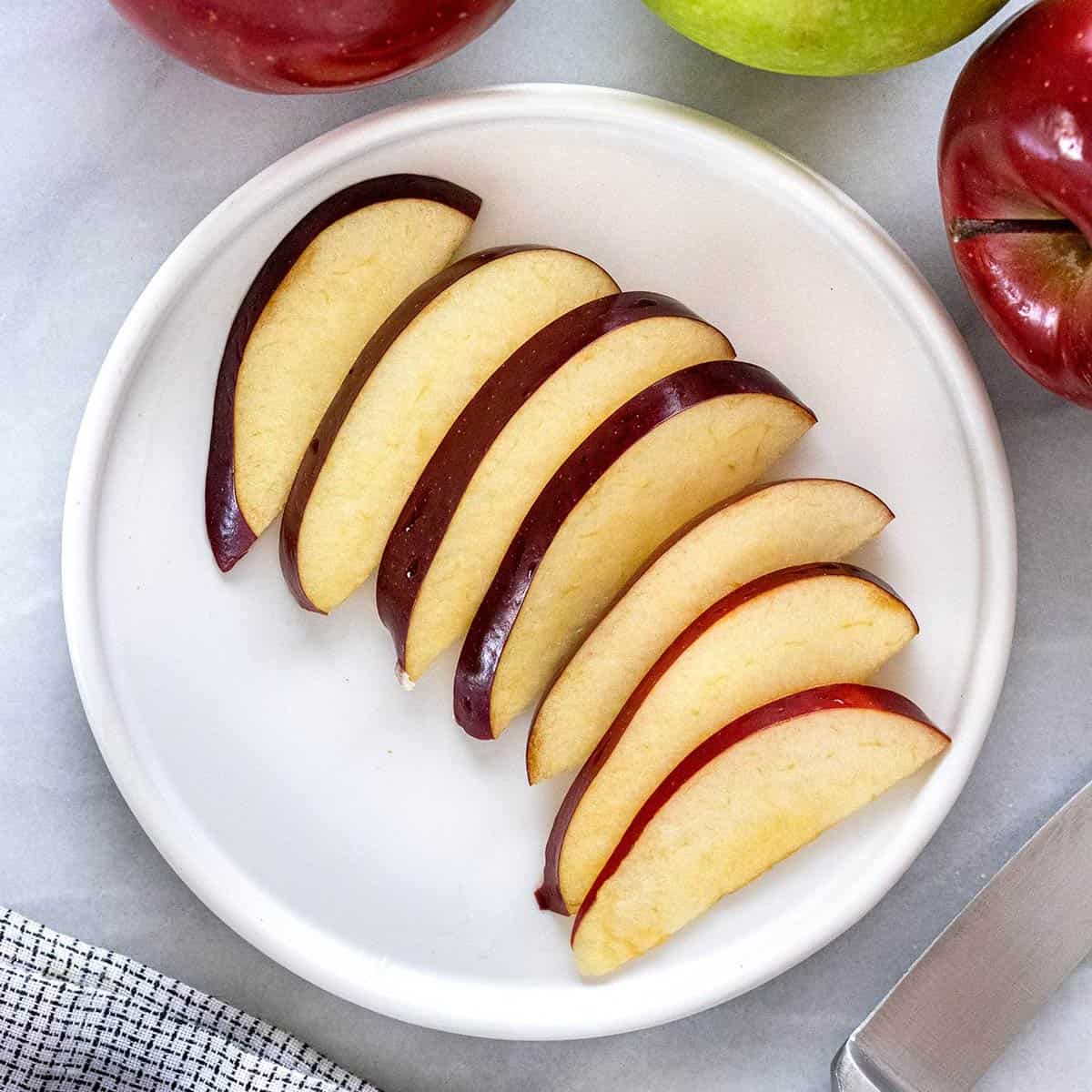
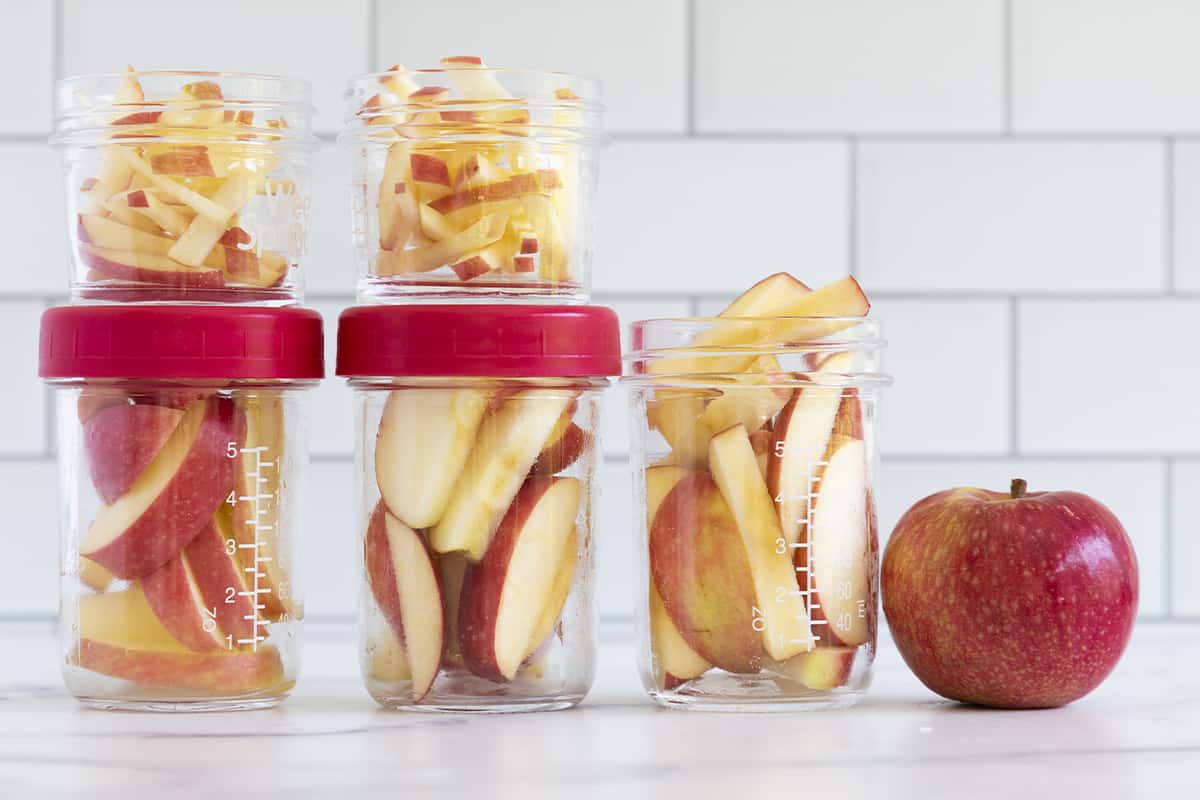
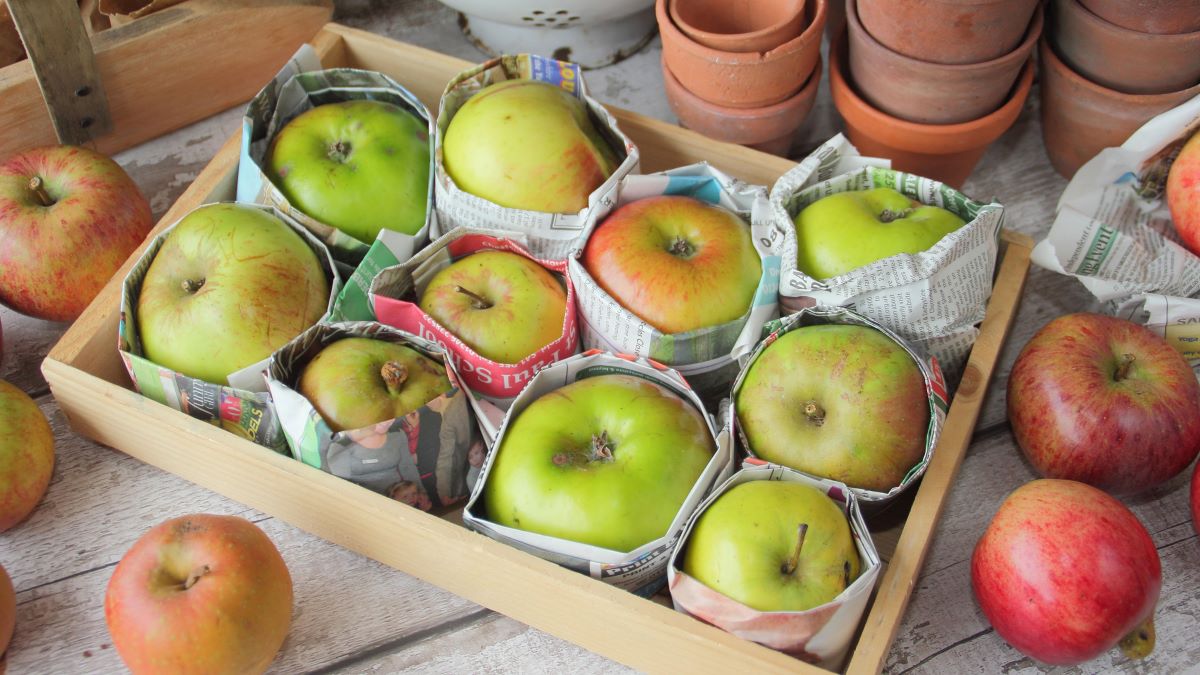

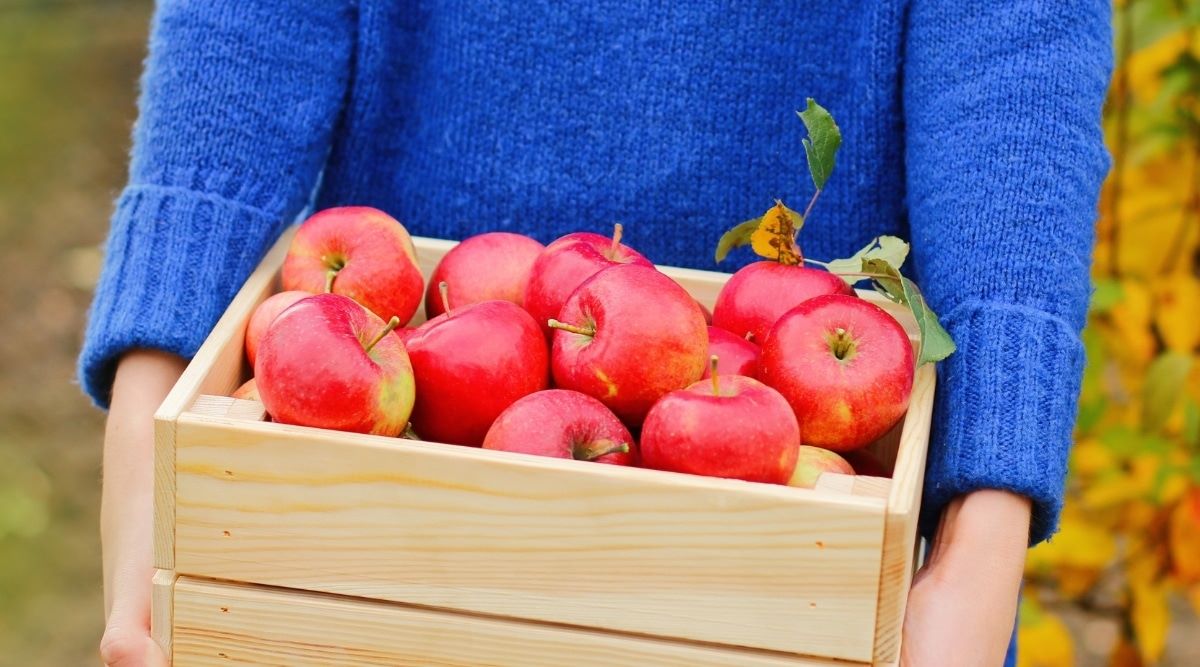
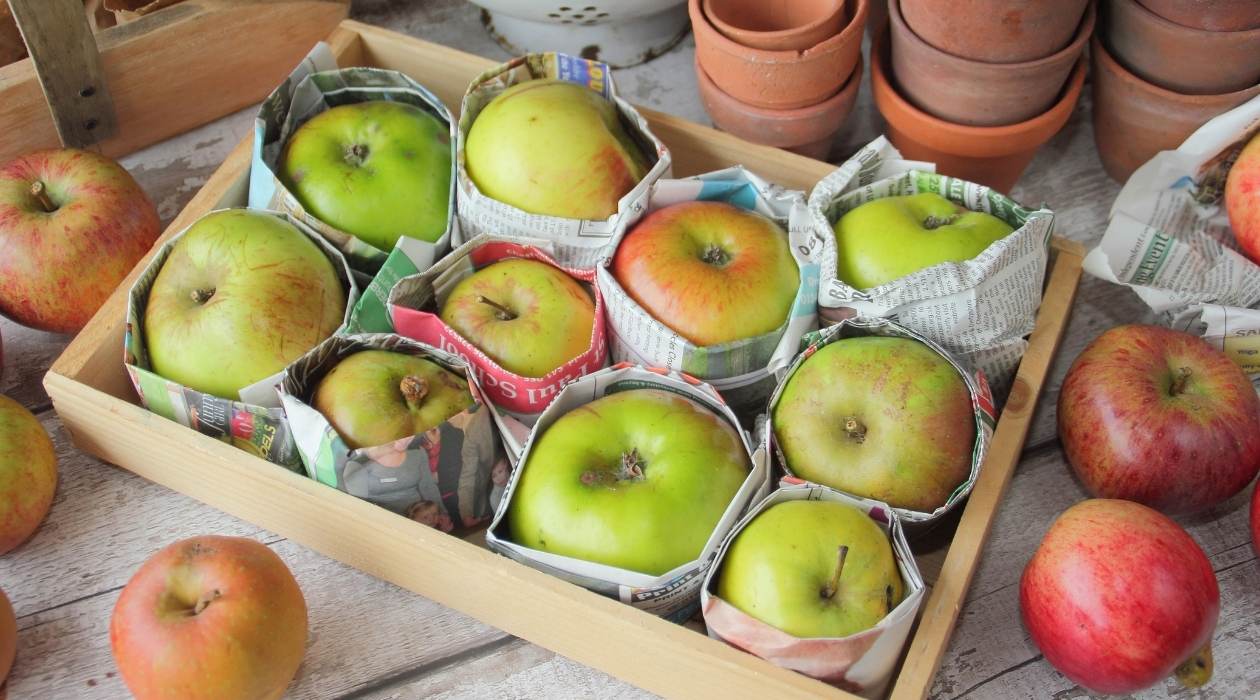
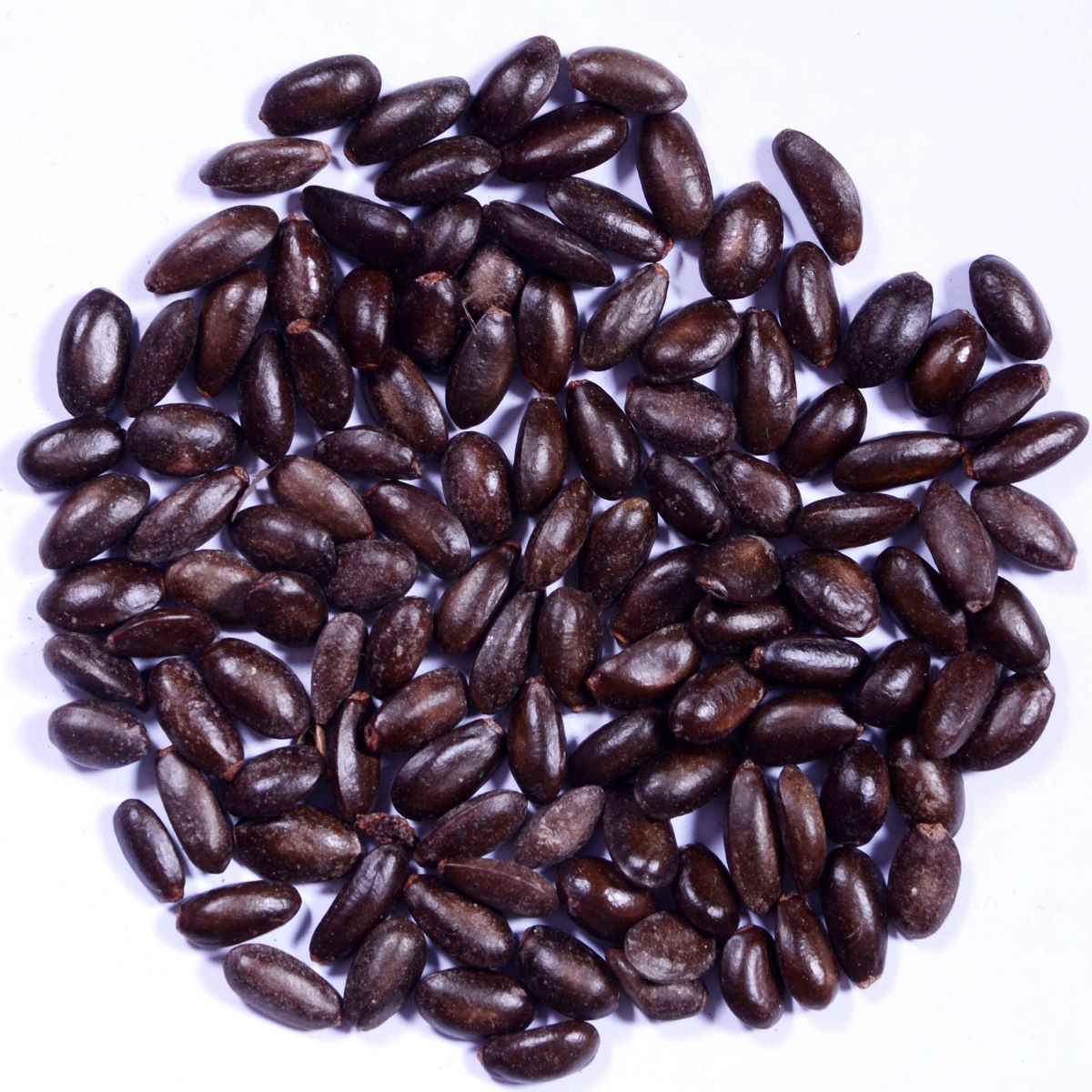
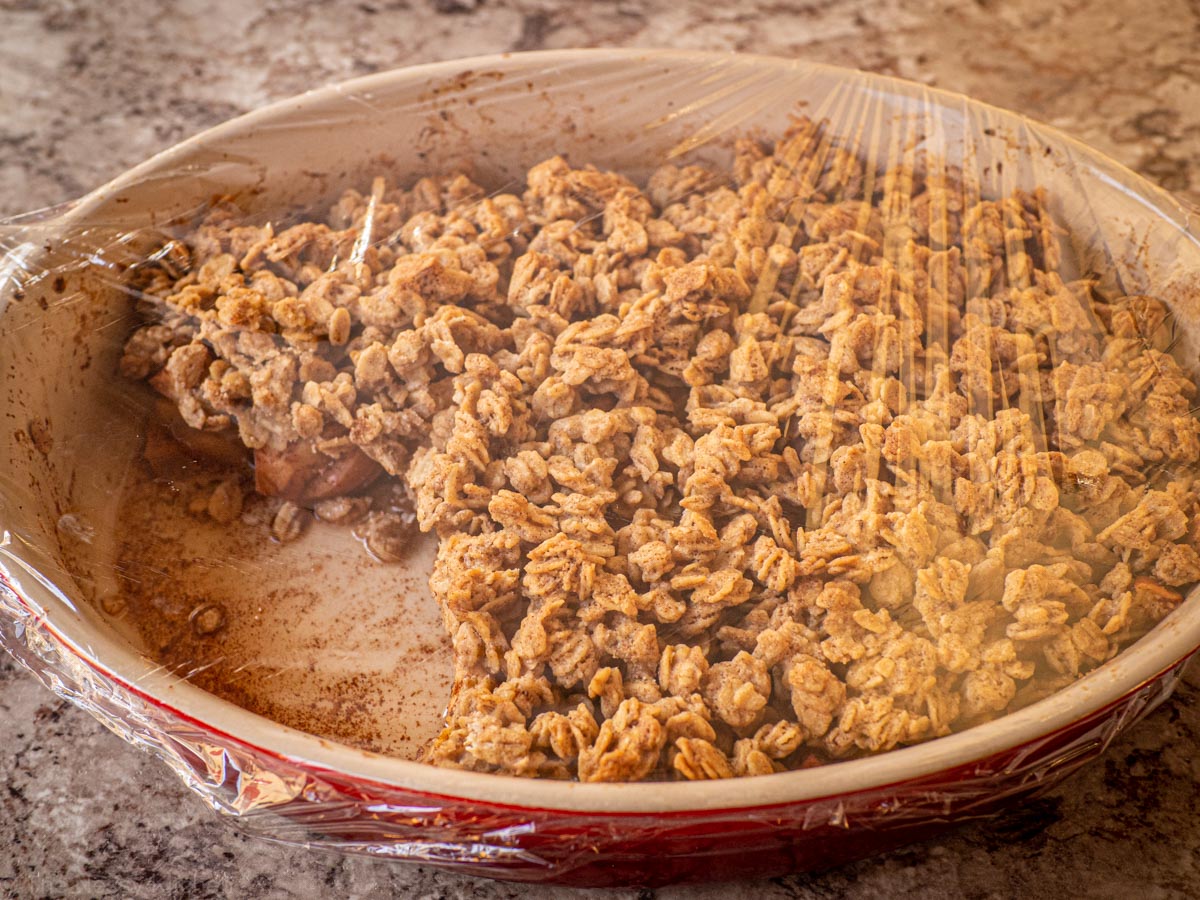
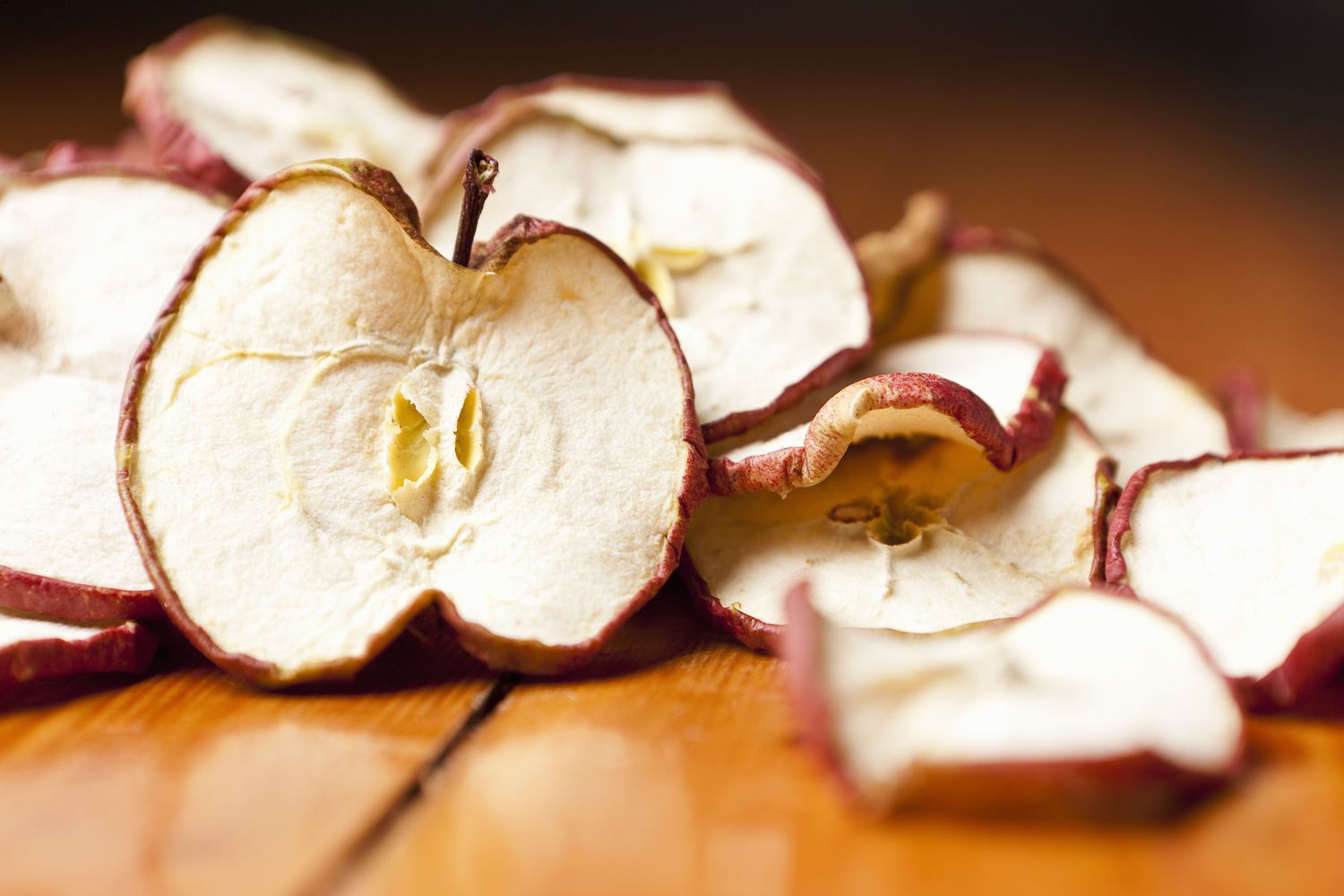
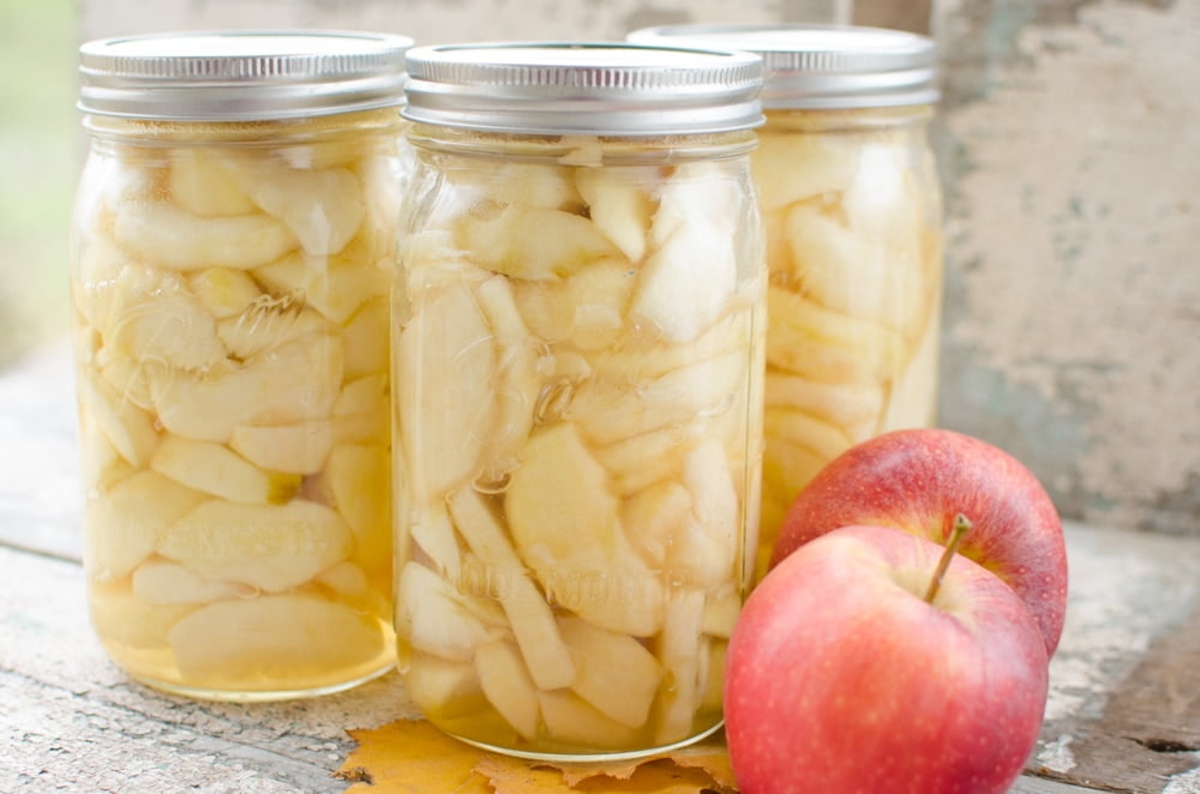
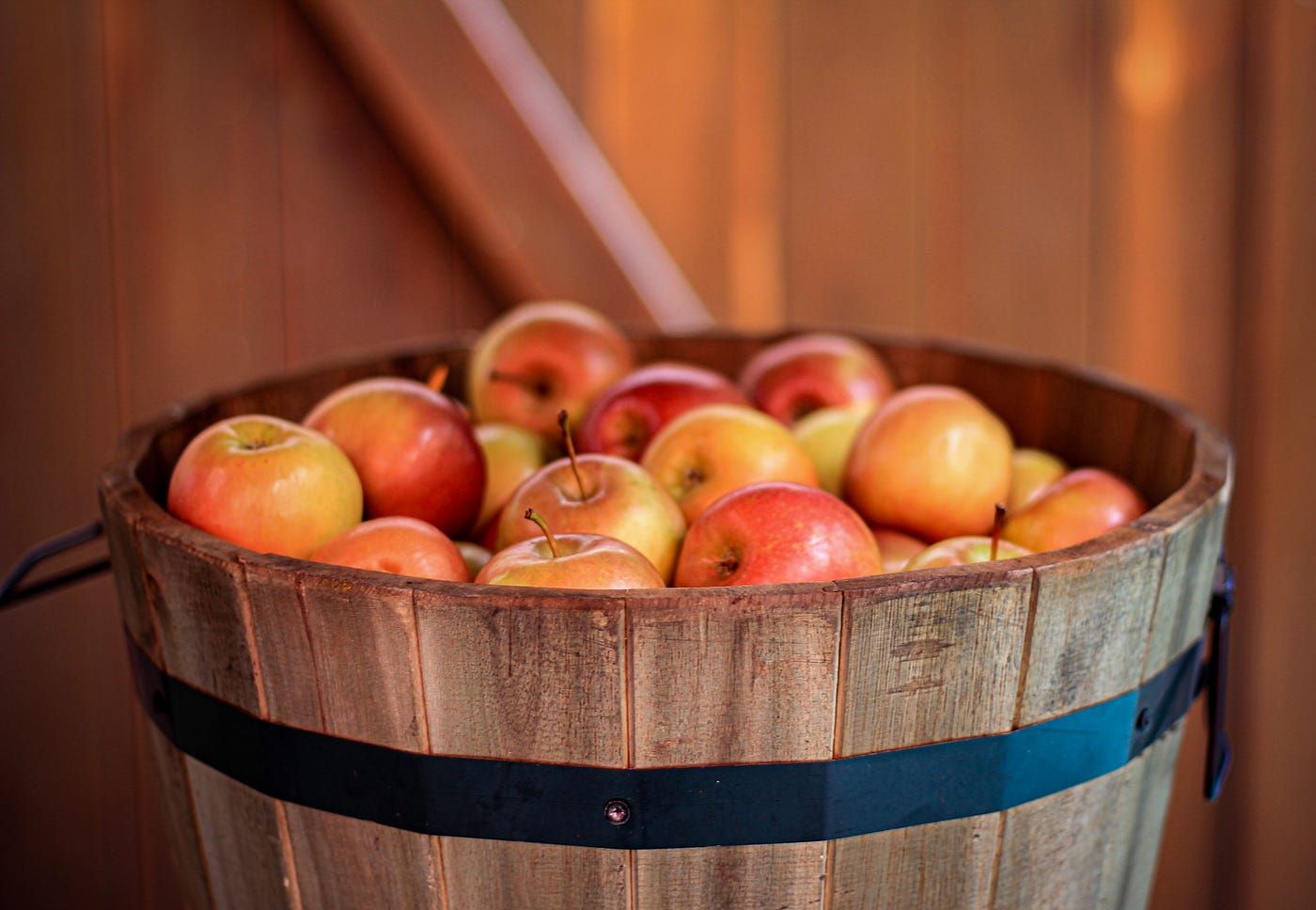
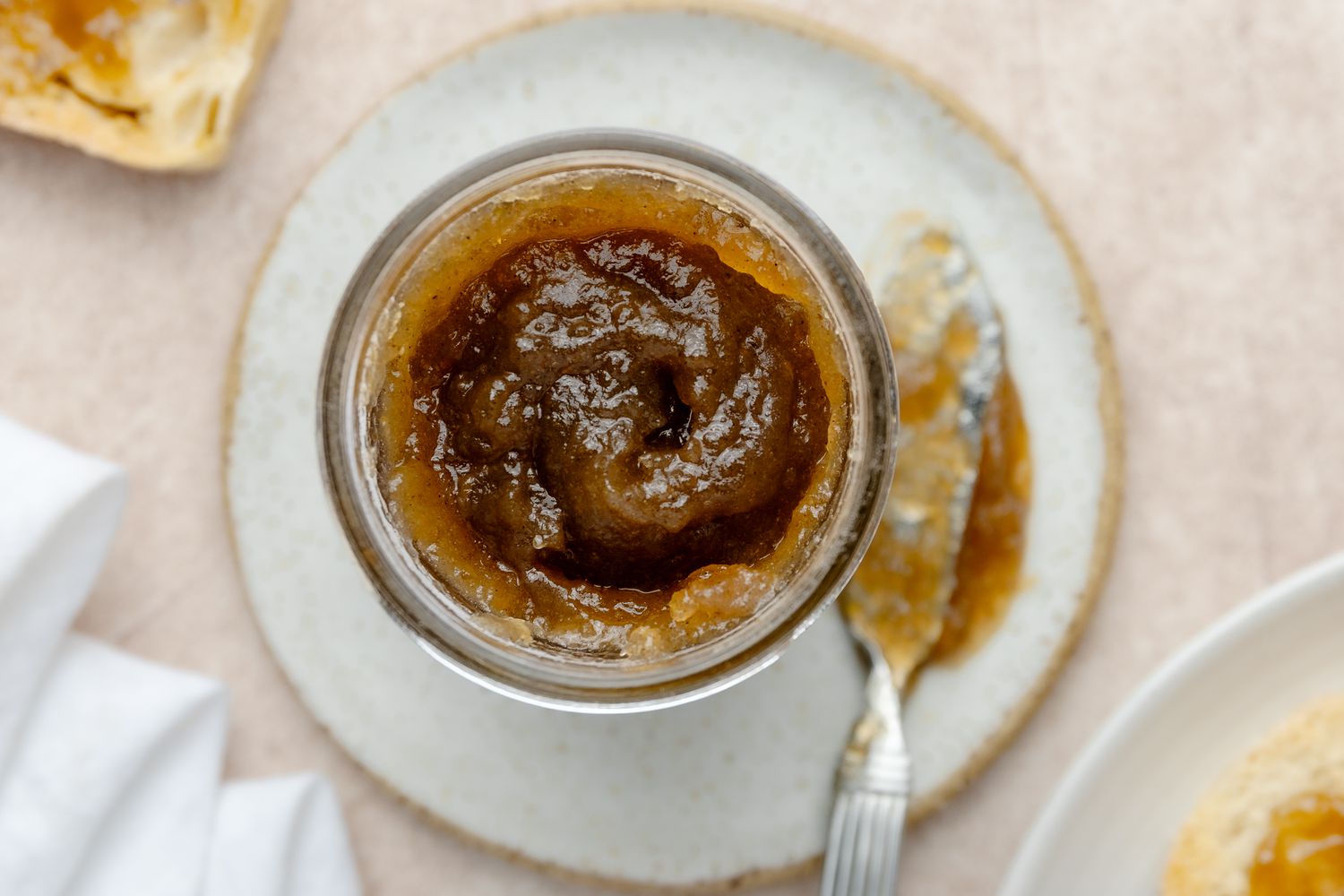
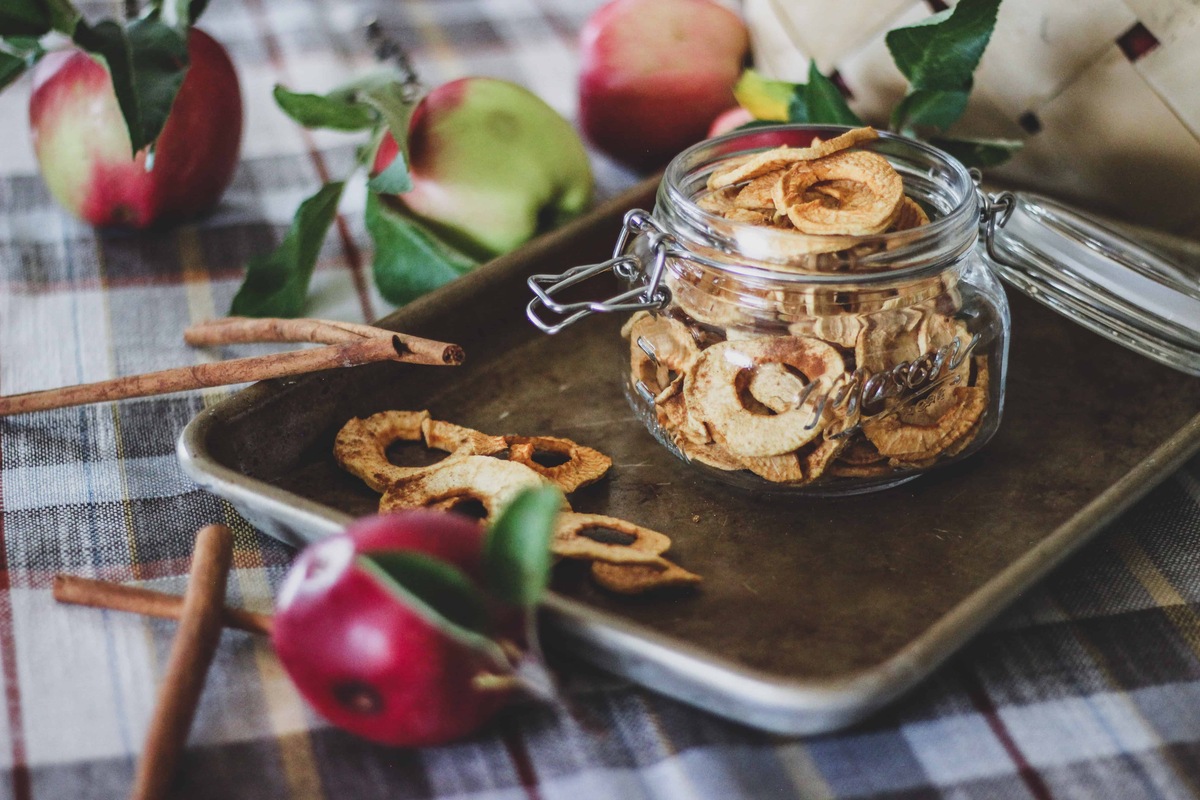
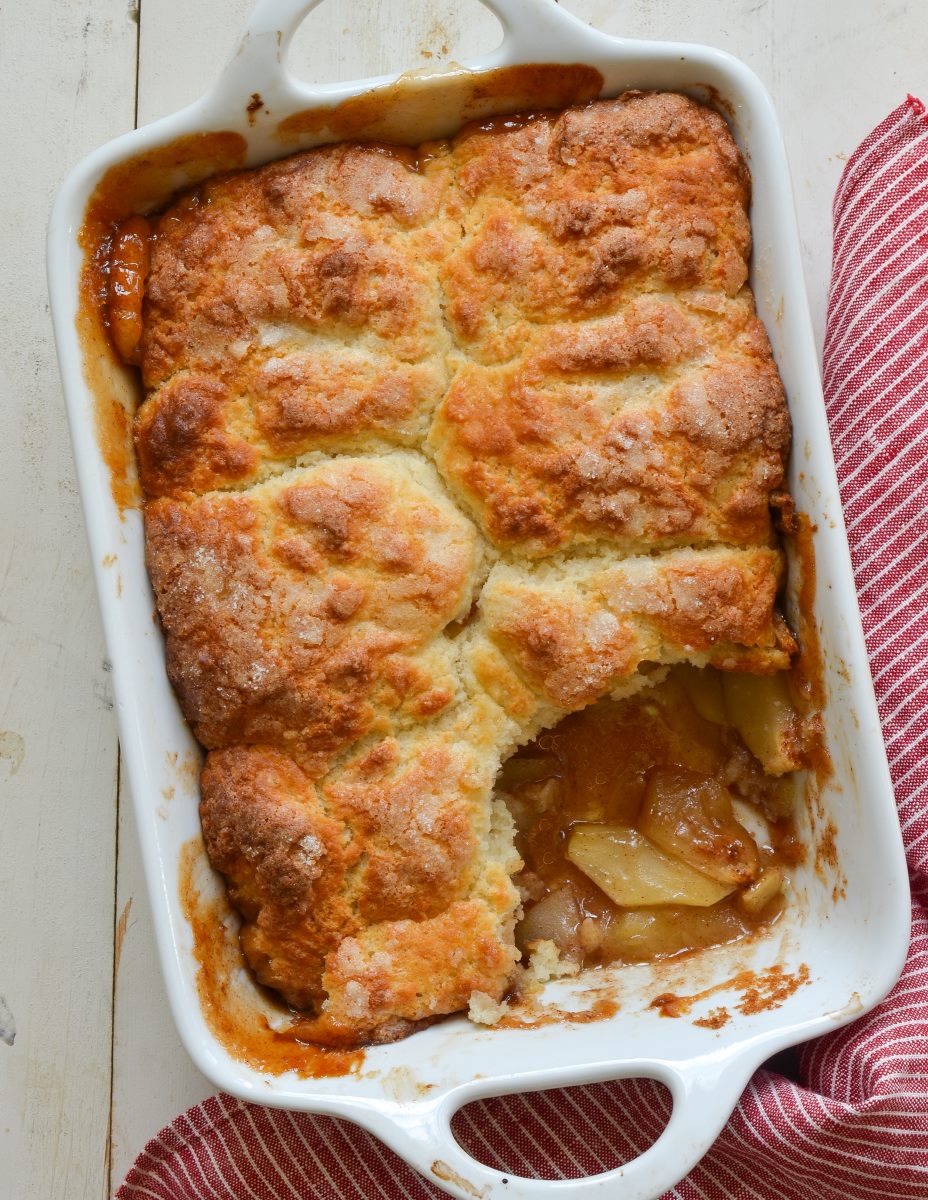

0 thoughts on “How To Store A Cut Apple”